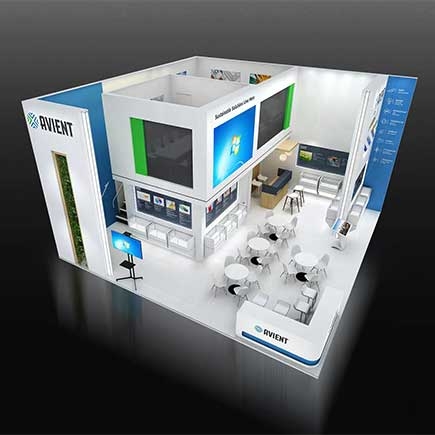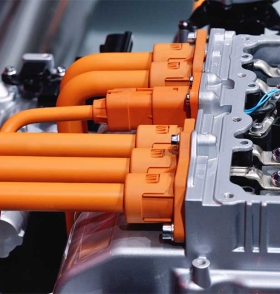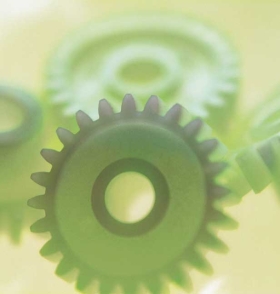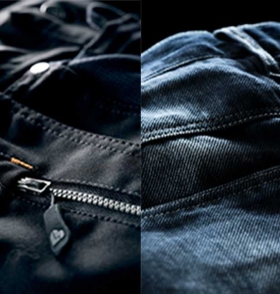Advanced Technologies and Sustainable Material Innovations from Avient Debut at Chinaplas 2024
April 23, 2024
Read More

Avient Introduces Durable Orange Nylon Colorants for High Voltage Electrical Vehicle (EV) Connectors
Avient Introduces durable orange nylon colorants for High Voltage E...
Read More
Avient Pioneers New PTFE-Free LubriOne™ Internally Lubricated Formulations at Chinaplas 2024
Avient Corporation has expanded its LubriOne™ portfolio to includ...
Read More
Avient to Showcase World’s Strongest Fiber™ and High-Performance Engineered Fibers at Techtextil 2024
Fiber-Line™ composite yarns and Dyneema® fibers can be used to add strength and enhance pr...
Read MorePress Resources
Investor News
Apr 03, 2024
Avient To Hold First Quarter 2024 Conference Call... More
Feb 14, 2024
Avient Announces Fourth Quarter and Full Year 2023 Results... More
Feb 12, 2024
Avient Announces Quarterly Dividend... More
NEWS RELEASES
NEWS RELEASES
More NewsInvestor Events
May 07, 2024
Q1 Avient Corporation Earnings Conference Call More
Feb 14, 2024Q4 Avient Corporation Earnings Conference Call More
Nov 02, 2023Q3 Avient Corporation Earnings Conference Call More
More Events








